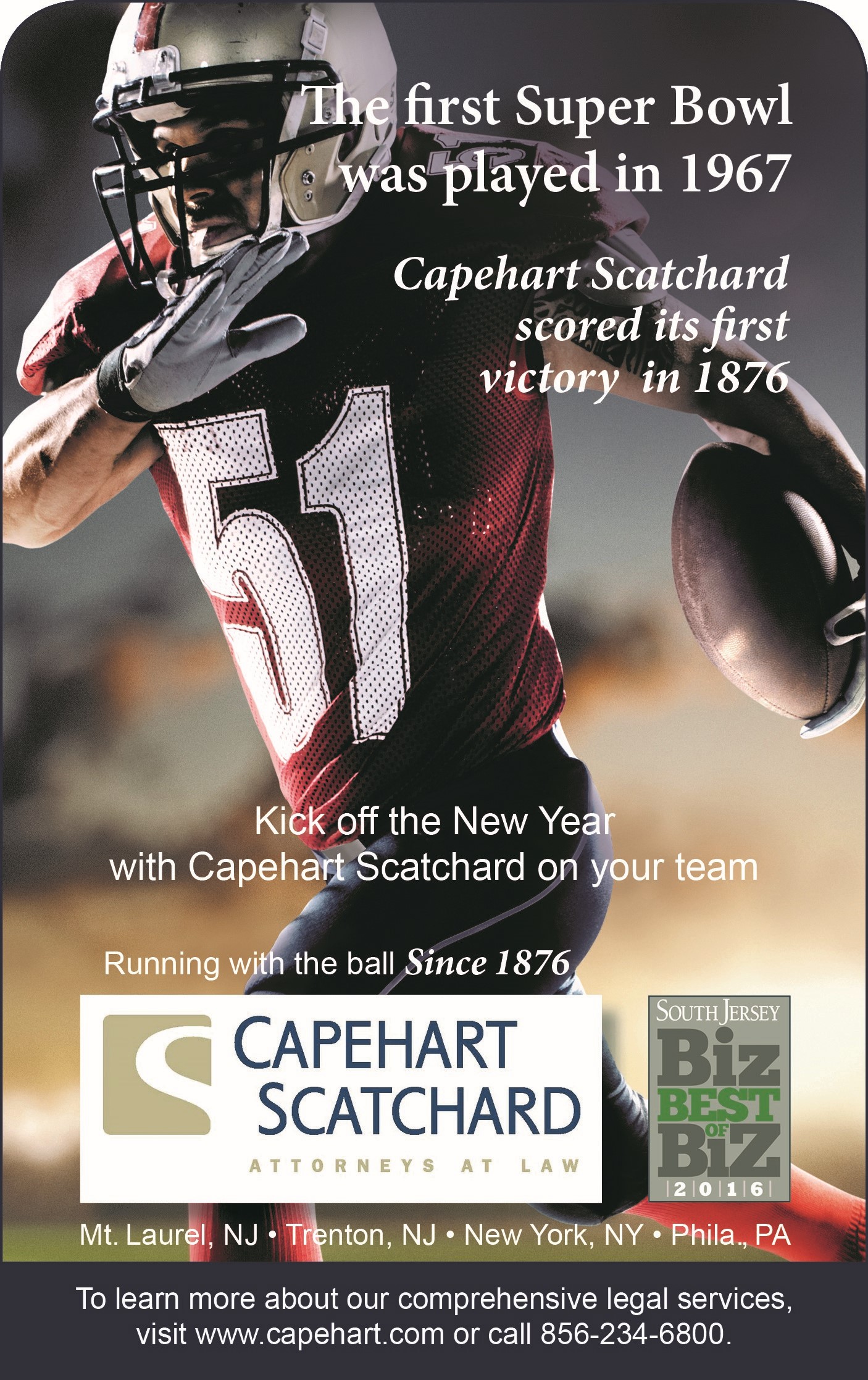The Evolution of the Reconstructed Wage Rule in New Jersey
What is a reconstructed work week and wage and why does it matter? Originally, this referred to a principle by which certain injured employees can seek recalculation of their work week, thereby increasing their wage and permanency rate at the time of settlement. For example, an employee works 20 hours per week earning $20 per hour for a $400 wage and a rate of $280 for permanency. The employee is injured and is unable to work full-time in the future due to the effects of the injury. The court may recalculate the rate to $560 per week instead of $280 per week by reconstructing the work week and wage to a 40-hour week. In this example, reconstruction would mean wages of $800 per week, which would in turn equate to $560 per week for the permanency rate. Depending on the severity of the injury, that can double the permanency award.
The leading case remains Katsoris v. South Jersey Pub. Co., 131 N.J. 535 (1993) but as indicated below, the principle of reconstructing a wage may be changing. In Katsoris, petitioner had two jobs. She was seriously injured delivering newspapers in her part-time job for the Atlantic City Press. She also had a full-time job as a secretary and was able to return to that job. She worked three hours per day, seven days per week, delivering newspapers. She received an award of 55% partial permanent disability, entitling her to 330 weeks of compensation. But the issue was which wage and rate should be used? The employer argued for use of her rate of $106.97 per week, which would limit her award to $35,300. Petitioner’s attorney argued that she was entitled to reconstruction of her wage based on a 40-hour work week, thereby yielding a new rate of $221 per week for a total award of $72,930.
The Appellate Division ruled that no reconstruction should occur in this case. It said, “The key to the availability of compensation based on a reconstructed work week for a part-time employee is not contemporaneous full-time employment but whether the disability represents a ‘loss of earning capacity, i.e., a diminution of future earning power.’” The court said that Ms. Katsoris only lost the ability to work her part-time job, not her full-time job and had not proved a diminution of future earning power.
Many practitioners translated the rule in Katsoris to mean that if the employee actually returns to work full time following the work accident, reconstruction of the work week and wages should not occur. That interpretation has now been called into question via the recent decision in Dunkley v. Costco Wholesale Corp., No. A-3405-14T2 (App. Div. Sept. 30, 2016). Ms. Dunkley worked in the Costco member services department four hours per day, five days per week. She was laid off in 2008 but got rehired in 2009 on a part-time position in the food court, making pizza, lifting cooking equipment, working as a cashier, mopping, sweeping and removing containers of garbage. Before working at Costco in the 1990s, she worked as a nurse’s aide until her license expired in 2000. Thereafter she worked as a home health aide until 2008.
On April 27, 2009, she slipped on a wet floor while cleaning at Costco, leading to surgery. On June 27, 2010, she injured herself again, sweeping the floor, requiring another surgery. In August 2011 Costco increased her working hours and she became fulltime in the member services department. She received an increase in her hourly wage, additional vacation time, and potential family benefits.
Petitioner argued that she was entitled to a reconstructed work week and wage because the injuries prevented her from performing duties required in her full-time position with Costco, including positions in the food court, kitchen, cashier, butcher and supervision. Her doctor testified that her injuries precluded certain full-time duties. The Judge of Compensation disagreed with petitioner and held that her wage should not be reconstructed. Petitioner appealed.
The Appellate Division did not decide the issue of reconstructed work week and wage, but it remanded the case because the court clearly disagreed with the reasoning of the Judge of Compensation that petitioner’s wage should not be reconstructed on account of the fact that she earned a higher hourly wage after the accident than she was earning before the accident and was working full time. The Appellate Division sent the case back to the Judge of Compensation to make findings concerning whether the disabilities suffered in each work accident affected petitioner’s future earning capacity or will have an impact on her probable future earnings. The court said “contemporaneous full-time employment does not require rejection of a request for reconstruction of a part-time employee’s work week.”
It will be important for practitioners to see how courts deal with the proofs on this sort of issue. Bear in mind that most doctors in workers’ compensation do not have a vocational background, nor do they necessarily know whether a work injury will likely impact the ability to do certain jobs that the employee does not have but could in theory have obtained but for the work accident. That sort of analysis requires a thorough understanding of various potential jobs, essential job functions of those jobs, and specific restrictions on the employee. FCEs would be helpful in this regard. Does the employee have to prove that she would have been just eligible for the higher paying positions or that she would have likely obtained those positions? How does one prove that one would have obtained a job that he or she never had before? Doesn’t that depend on the employee’s credentials and the assessment by the employer of more than just the employee’s physical capacity? Would surveillance by the employer be relevant to show that the employee has more capacity than the expert for petitioner says the petitioner has? Presumably, yes. There are a lot of unanswered questions.
The Dunkley case is important, even if it is unreported, because it moves the focus from reconstructing the workweek to reconstructing wages of someone who is working fulltime and in fact has received a higher wage than the wage at the time of accident. Perhaps that was the original meaning in Katsoris, but if it was, it was unclear to most practitioners at that time. For a claimant who is now working fulltime (with a raise) to prove that but for the injury she would have earned more by obtaining other potential jobs can certainly involve a fair amount of speculation.








Connect with Capehart Scatchard